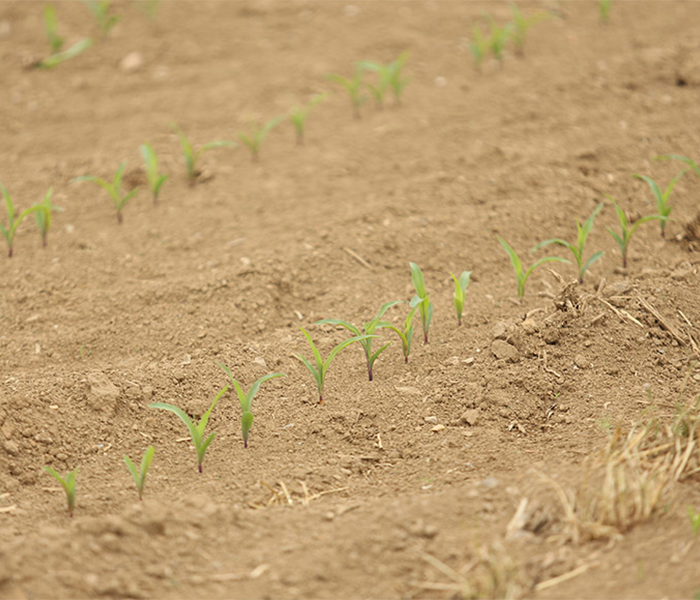Premier Co-op

December Energy News
I hope you were able to enjoy Thanksgiving with family and friends. And I hope you’ve recovered from your food coma. For the 10 of you (including my mom) who read my newslett...

This is a question many of you may have on your mind as rain days are few and far between. Thankfully, our current corn genetics have the ability to manage drought at a greater degree than 5 years ago. With that being said, we will still be experiencing corn beginning to roll up in response to the heat and dry conditions. With most corn in the area being in early vegetative growth stages, the crop is not in large demand for water currently, only needing somewhere between .1 and .2 inches a day. Later in the season, especially around tasseling and pollination, the corn needs up to .35 inches per day. That is not to say that corn doesn’t need water right now, because stress at any time of the growing season isn't ideal.
Right now, the corn is making a decision on how tall it will grow, how many kernel rows it will have, and determining ear length. It takes several days of corn experiencing drought symptoms, namely leaf rolling, before yield is affected. After around 4 days of visual symptoms, yield losses will begin to occur through losing a potential number of kernel rows, ear girth, and overall height of the plant. These yield losses at our current growth stages will be minimalized at around 1-3% per day after that fourth day of stress. That is compared to similar stress during pollination of 3-9% yield loss per day. This is good because hopefully we will get some rain soon that will alleviate the stress before pollination begins when we can see those larger yield reductions.
Other issues you may experience because of the dry weather are poor brace and nodal root development. Brace and nodal roots are important for securing the corn plants to prevent lodging later in the season. In hot and dry conditions, the roots have the potential to dry out and die before they can get to the soil surface or they may not be able to penetrate the soil surface because it is too hard. Either of these situations can lead to lodging conditions in the fall. Fields should be monitored in late summer to know if they will need to be harvested early or not because of poor brace root development.
Lastly, you may also see corn start to show potassium deficiency symptoms. Potassium deficiency begins at the leaf tip and progresses down the margin toward the leaf base. You will see yellowing of the outer leaf margins on the lower leaves first. The field may not be potassium deficient, but potassium is accessed by the roots through water. If there is not enough water in the soil, the potassium will bind to the soil particles and not be accessible to the corn plants. Potassium deficiency in corn plants during a drought is particularly problematic because potassium helps to regulate plant functions that help it stave off drought stress, so being deficient can exacerbate the drought stress on a corn crop.
If you have any questions or concerns about dry weather impacts and management for your corn and soybean crops, please be sure to contact your Premier agronomist to stop out and walk your fields for observations and recommendations.
